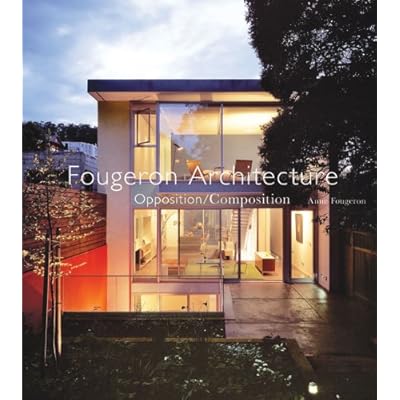Back to “Average”
I am a a fan of the exceptional: beautiful items of clothing, stunning meals of unusual ingredients, architecture that pushes the boundaries of physics. But the exceptional is only palpable if other things aren’t (exceptional, that is).
In an attempt to make every moment of our lives noteworthy, we seem to constantly want the exceptional. A kind of exceptionalism that seeps into all elements of our life: new headquarters meant to revolutionize working spaces, new makeup technology that will fight the signs of aging.
I went to a beautiful dinner a few weeks ago at a gastronomical hot-spot. The French chef imbues memory and heritage into every dish but in a ten course meal, nearly course was over-wrought and over-thought. Not only was each course only one small bite, every dish had something in it that was not edible. What! When did this become fashionable and the norm in high end restaurant?! Is this what I pay extra for? And because each dish was a thesis unto itself, once the meal was over I could hardly remember what the chef was trying to tell me and why it mattered. And you may think I’m being dramatic but even the great Heston Blumenthal agrees that molecular gastronomy is over.
Two nights later, while watching the Chef’s Table, I agonized as the lead chef assembled every dish with tweezers. Ingredients pulled from the Andes, caviar made of moss and nearly microscopic leaves. These exceptional meals are of course proving a kind of ethos, a representation of the self within food. But…have you ever noticed how exhausting it is? It’s not a sustainable life-force! In the episode, even the wife of the featured chef iadmitted some of the dishes did not taste good! So now each dish is composed of the edible food that tastes bad and non-edible elements that you cannot swallow.
Why does every newsworthy recipe now involve molecular gastronomy, a sous vide machine and in-depth understanding of umami, favor profiles and notes? Why can’t my dinner include six ingredients, not sixty seven? When did a ladle become a faux pas in the kitchen? As the ladle is replaced by the tweezer, common sense is being replaced by the preposterous.
This is over complication. Some things just need to be average so we can survive: so we can make it to the next step of whatever we’re going to do.
And look, average does not mean mediocre or uninspiring. It is just more approachable and appropriate, something we could all use in food design and—dare I say, even architecture.




